How To Grow Pineapple
I have been Growing For 15 years and here is my knowledge all about how to grow pineapples.
How to Grow a Pineapple Plant: A Beginner’s Guide
Growing a pineapple plant at home is a fun and rewarding project, especially if you live in a warm place like Bali. Pineapples add an exotic touch to any garden and are actually pretty easy to grow if you follow some simple steps. Here’s what you need to know to successfully grow pineapples, from planting to harvest.
1. Understanding Pineapple Plants
Pineapples, originally from tropical regions, grow on short, leafy plants that produce one fruit in the center. They don’t grow from seeds; instead, they grow from the leafy top of the fruit. This makes them easy to start in a home garden. With some patience, you can expect your pineapple plant to produce fruit in about 18–24 months.
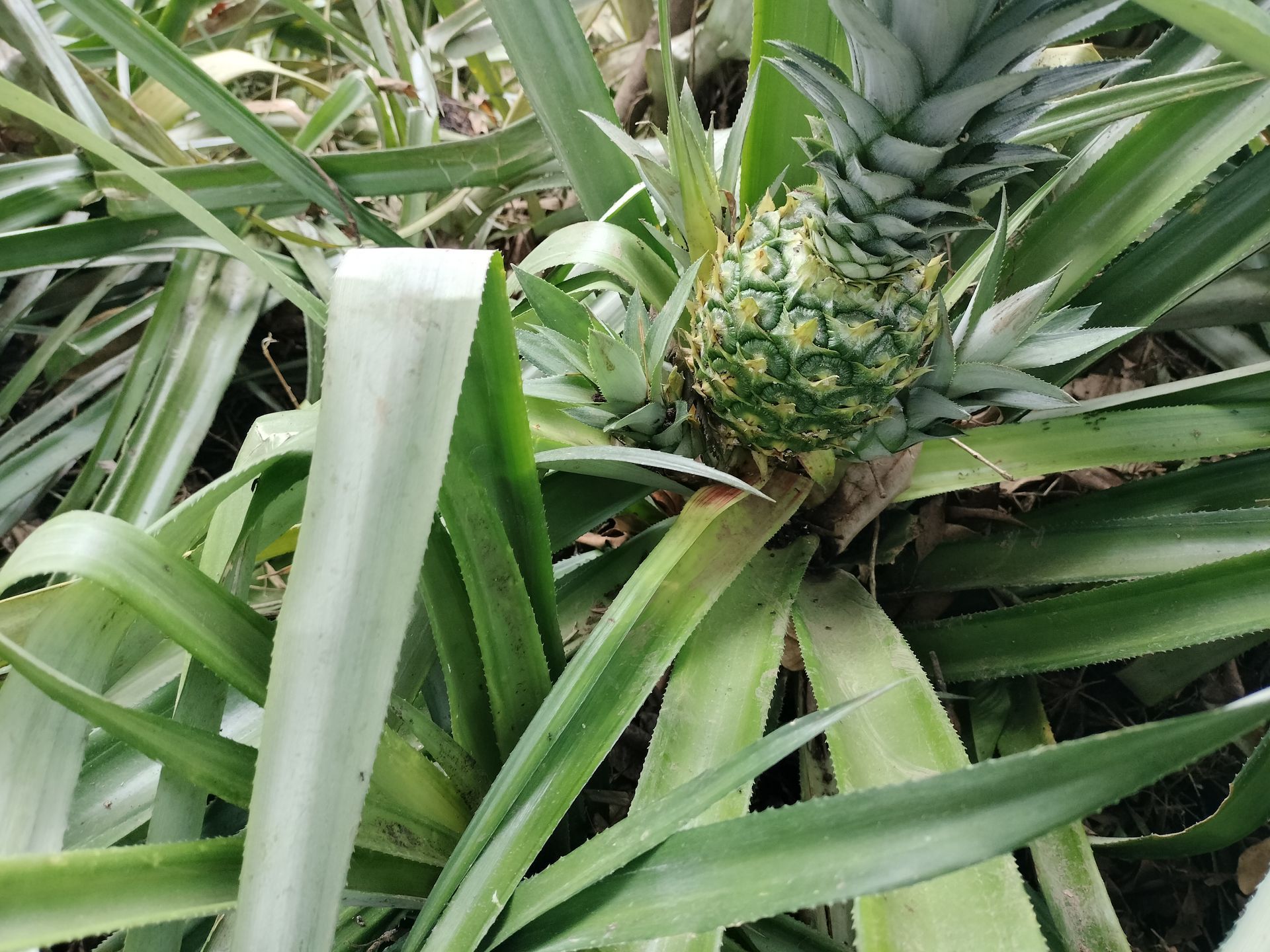
2. Getting Started: Choosing and Preparing a Pineapple
First, pick a fresh, healthy pineapple from a local market. Choose one with a bright green top—this is what you’ll be planting. Here’s how to prepare it:
- Remove the Crown: Grab the leafy crown and twist it off the fruit. Pull off a few of the bottom leaves to reveal about an inch of the stem.
- Dry the Top: Let the crown dry for two days in a well-ventilated area to prevent rot.
- Water or Soil Start: You can root your pineapple top in water (placing the stem in a glass and changing the water every few days) or plant it directly in soil. Starting in water lets you see roots as they grow.

3. Preparing the Perfect Planting Site
Pineapples grow best in tropical climates with lots of sunlight. Here’s how to set up the best spot for them:
- Sunlight Needs: Pineapples need at least 6-8 hours of direct sunlight each day.
- Soil Conditions: Use well-drained soil with a slightly acidic pH (5.5 to 6.0). Adding organic compost can enrich the soil and help your plant grow.
- Container or Ground Planting: In tropical areas, you can plant directly in the ground. In other areas, use a large container (at least 12 inches deep and wide) to control soil quality and move the plant if needed.
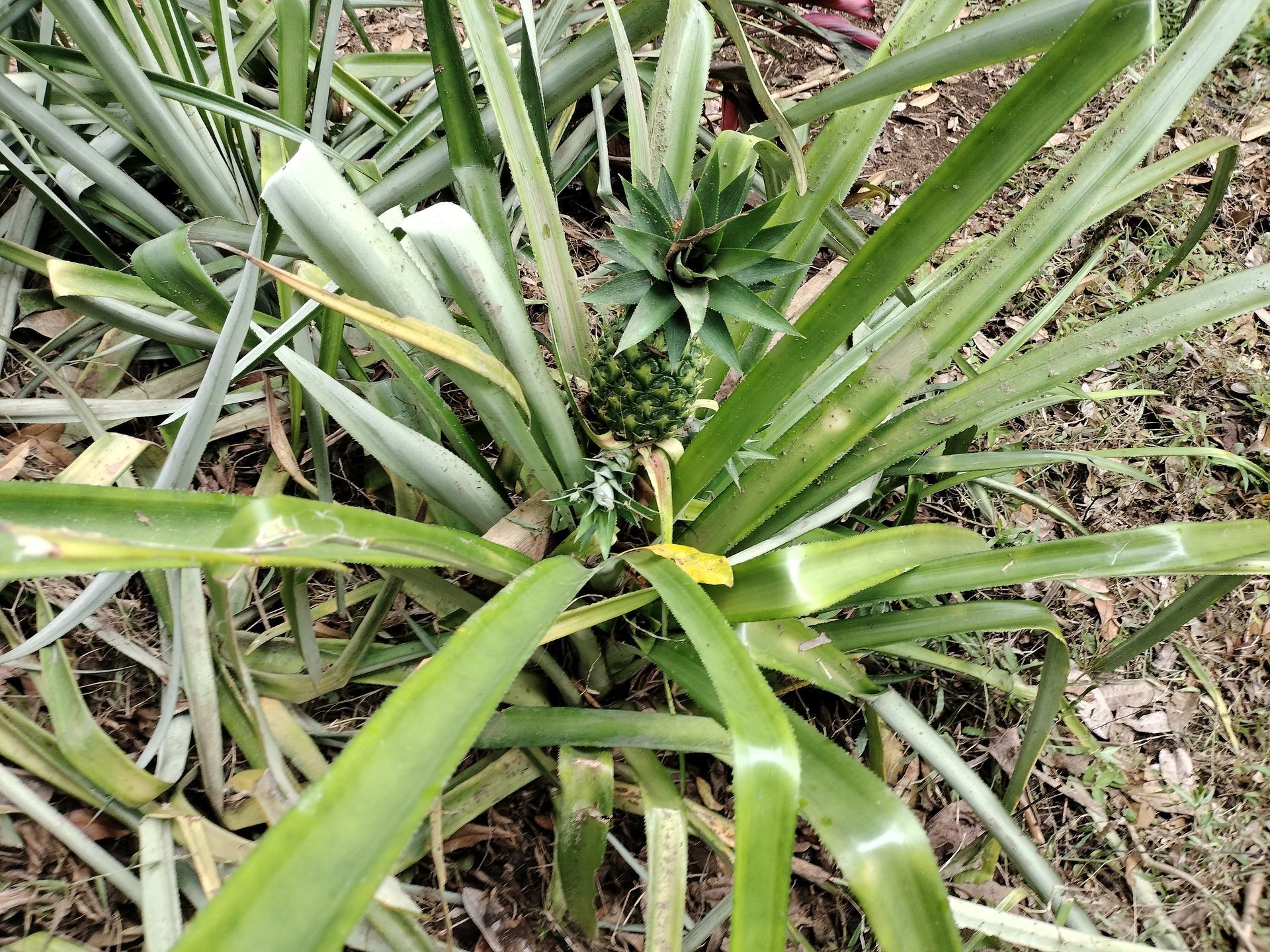
4. Planting Your Pineapple
Now that your pineapple top is ready, it’s time to plant it:
- Create the Planting Hole: Dig a hole big enough to cover the base of the crown, about 2–3 inches deep.
- Set the Pineapple Crown: Place the crown in the hole and pack the soil around it so it stands upright.
- Water After Planting: Give the plant a good watering to help the roots settle, but avoid getting the leaves too wet.
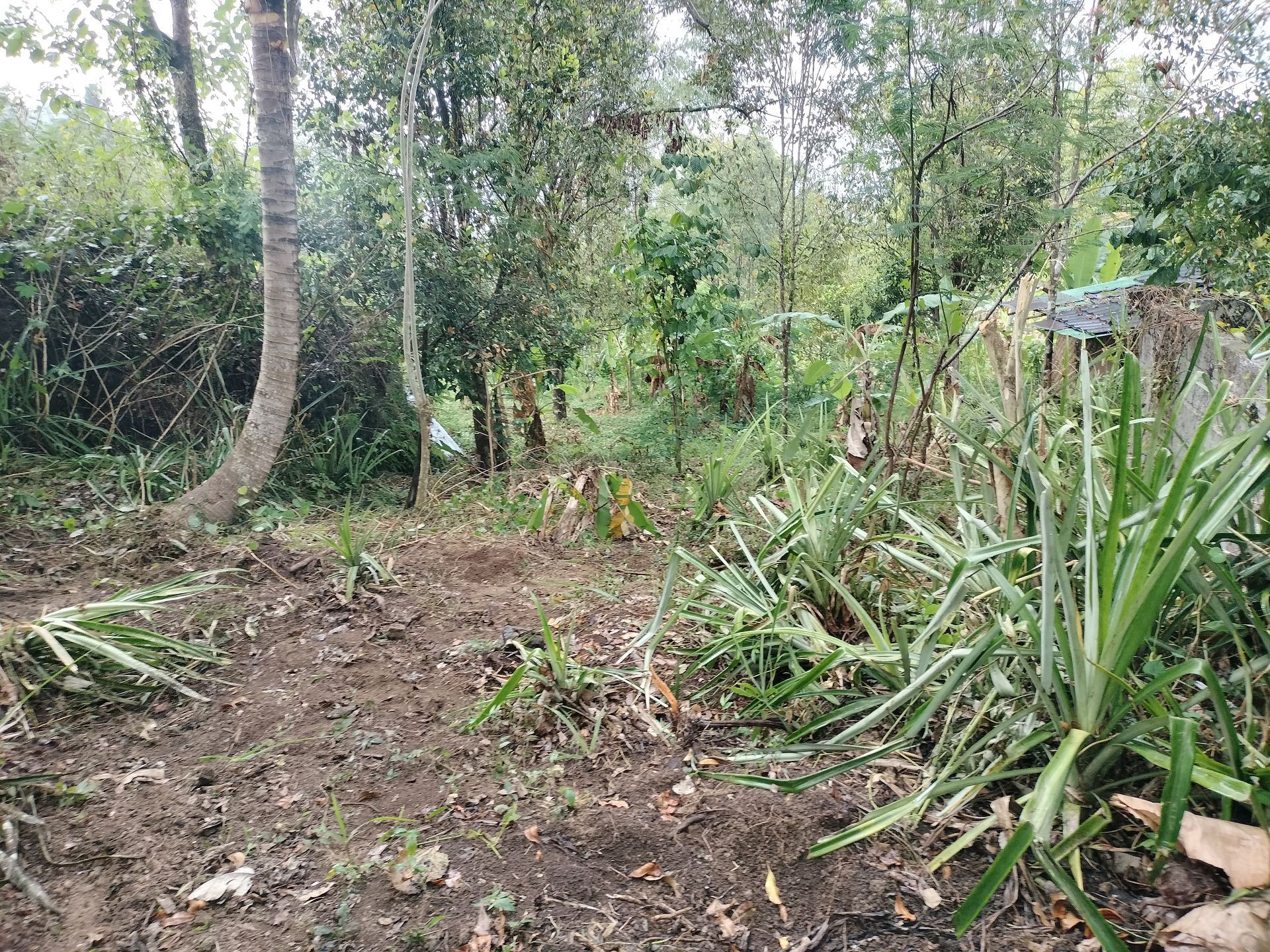
5. Caring for Your Pineapple Plant
Pineapples are generally low-maintenance but still need some care.
- Watering: Water only when the top inch of soil is dry. Pineapples can handle drought, so avoid overwatering.
- Fertilizing: Feed your plant monthly with a balanced fertilizer or compost tea. Avoid fertilizers high in nitrogen, as they can slow down fruit growth.
- Pest and Disease Control: Pineapples resist most pests but may attract mealybugs or develop root rot. Use neem oil for pests and make sure the soil drains well.
- Pruning: Remove any dead or yellow leaves to prevent disease and keep the plant healthy.
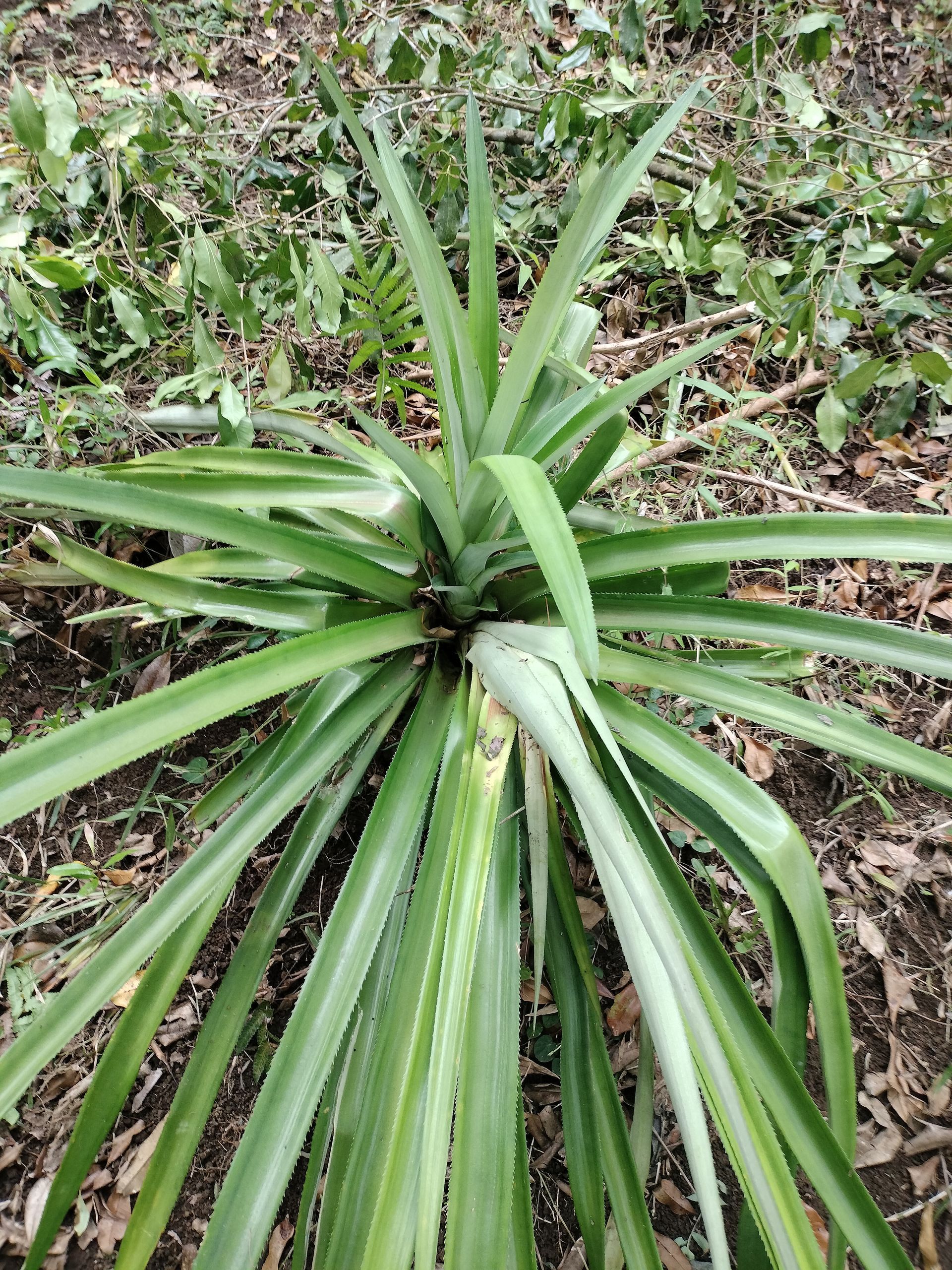
6. Encouraging Pineapple Fruiting
After about a year, your plant may be ready to produce fruit.
- Flowering and Fruiting Timeline: Pineapples usually flower 18–24 months after planting. First, you’ll see small blue or purple flowers, then the fruit will begin to grow.
- Encouraging Flowering: To help the plant bloom, place a ripe apple near it and cover with a plastic bag for a few days. The ethylene gas from the apple can help the plant flower.
- Pollination: Pineapples self-pollinate, so you don’t need to worry about bees or other pollinators.

Harvesting Your Pineapple
Growing a pineapple takes patience, but here’s how to know when it’s ready:
- Signs of Ripeness: The pineapple will turn golden-yellow and smell sweet.
- How to Harvest: Twist the pineapple off at the base, being careful not to damage the plant if you want to grow more pineapples from its suckers or slips.
- Post-Harvest Care: After harvesting, allow the plant to grow “suckers” (small plants at the base) for future pineapple plants.
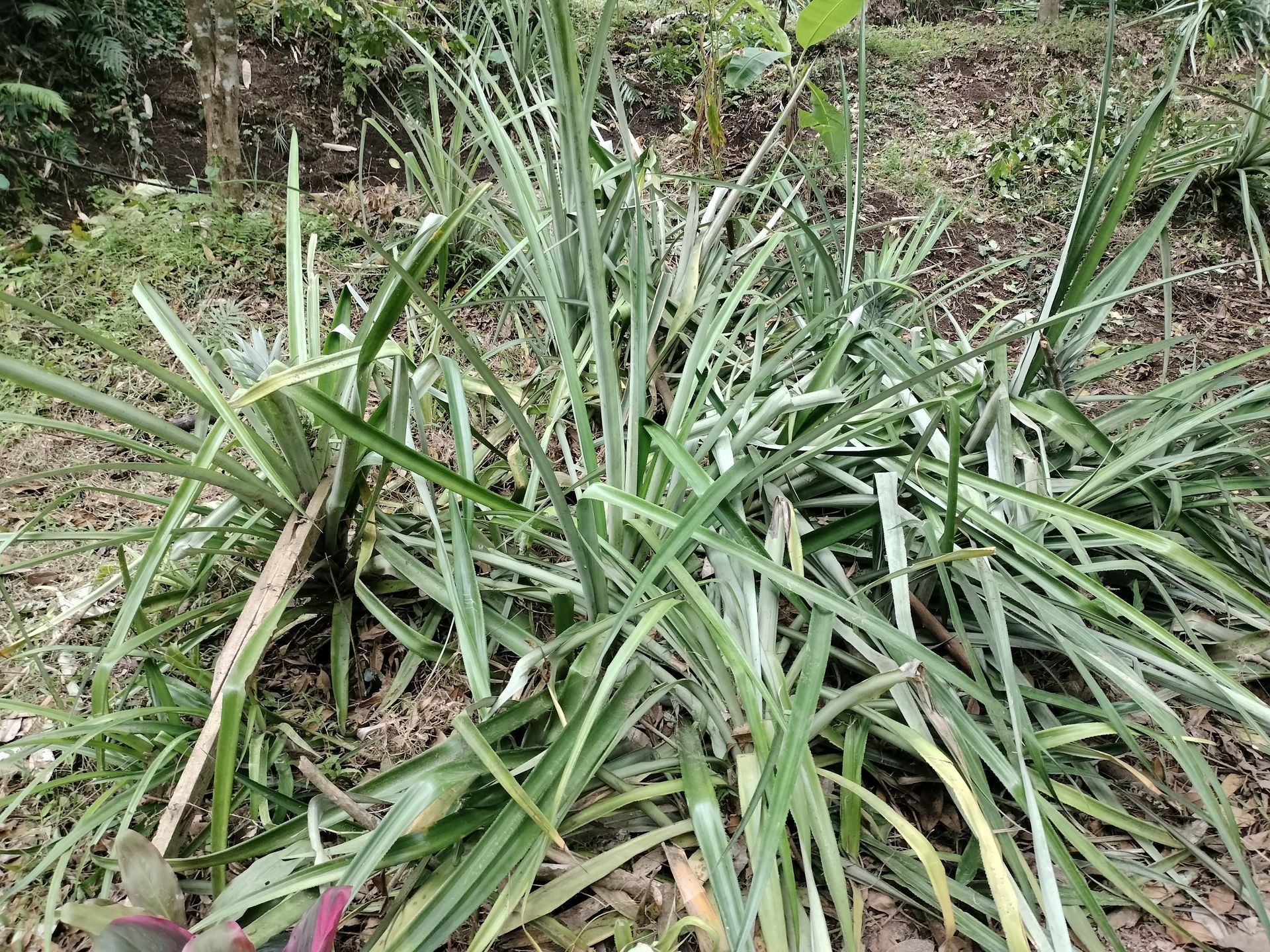
8. Common Growing Problems
Even with the right care, you may face a few challenges. Here’s how to handle them:
- Pests: If you see mealybugs, spray the plant with diluted neem oil or soapy water.
- Weather: Heavy rains can cause root rot. If you expect lots of rain, move container plants to a sheltered area.
- Growth Issues: Yellowing leaves may mean overwatering, while stunted growth could mean the plant needs more sunlight.
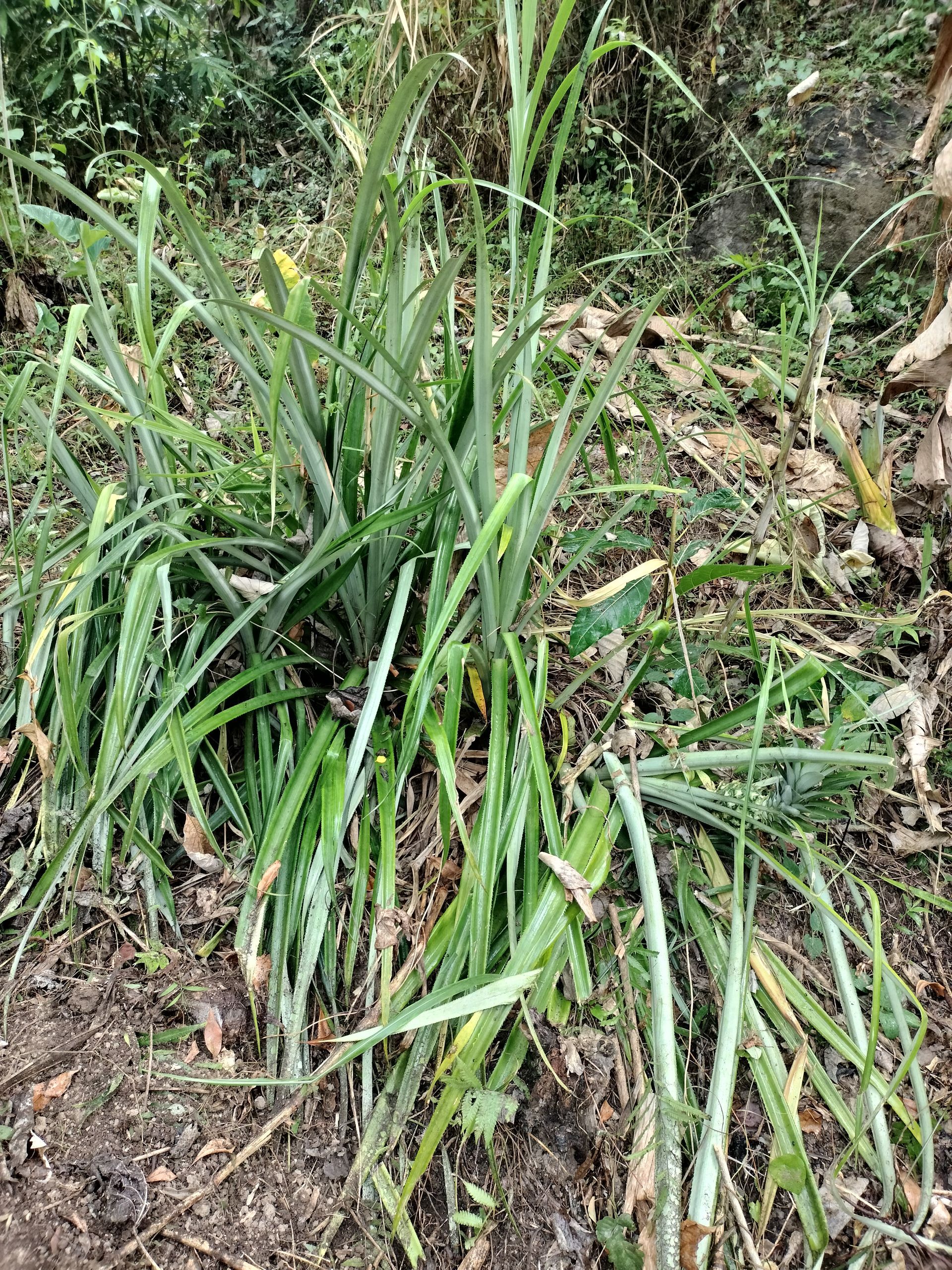
9. Enjoying Your Homegrown Pineapple
You’ve put in the work, and now it’s time to enjoy your pineapple!
- Recipes and Uses: Pineapples are perfect for smoothies, grilling, and desserts. Try adding them to salsa or tropical drinks.
- Health Benefits: Pineapples are rich in vitamin C and antioxidants, great for boosting your immune system.
- Future Planting: While the crown and suckers are best for propagation, you can also try seeds if you’re curious.
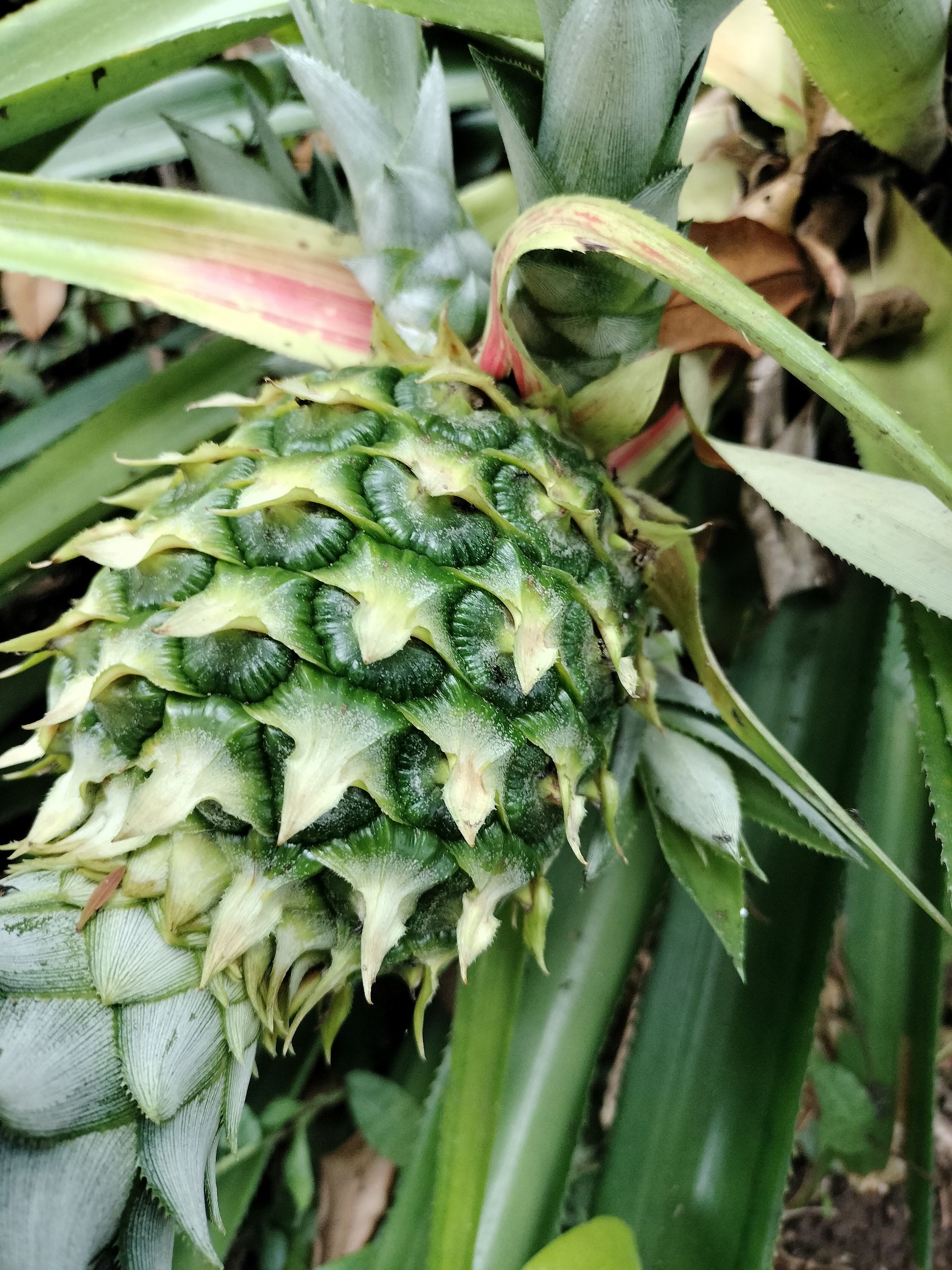
Growing a pineapple at home is a satisfying way to add tropical flavor to your garden. With a bit of care and patience, you’ll enjoy the taste of your own homegrown pineapple. Start planting today and enjoy the rewards that come with a bountiful harvest!
